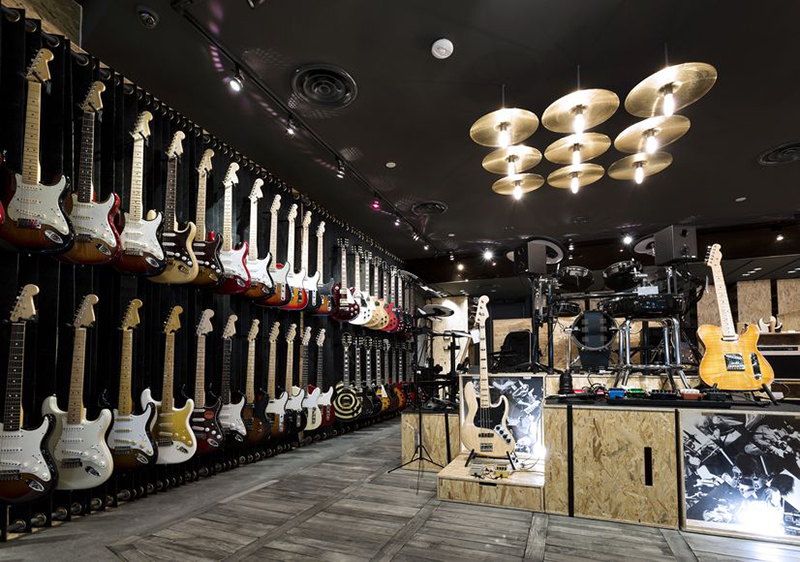While in France’s famous Cote d’Azur, I took my regular morning hike along the boardwalk, circled the Nice harbor filled with million-dollar yachts, old-time sailing boats, and leisure crafts. By good fortune, I found a marine outfitting shop, and in the window, noticed a pair of deck shoes among nets, pulleys, and blue and white striped Marinieres.
Carla, my wife, had been telling me that I should buy a proper pair of shoes and that she liked the look of a Sperry Top-Sider. The selection of French-made shoes included five different models in various colors, yet the store only offered limited sizes and no variation on width.
After trying several pairs, I found one that was tight with socks and loose in bare feet. But when I tried on the second shoe, it was badly made and a sure recipe for blisters.
At that time, I was also writing an article on “focus versus diversification,” and now here I was, in the French Riviera, living that reality. Here’s a shop that offers everything one needs to repair a ship yet was also dabbling in deck shoes. Would they have been better off to offer less selection with a full complement of sizes? Were they inadvertently creating a business opportunity for a deck shoe specialty shop?
Changing Times
If we go way back to the beginning of modern retail, it all started with the general store. There you could buy basic staples such as food and clothing. For something special, one opened up the Sears catalog and inside could find anything from model T-Fords to washboards to accordions, and everything in between. From the 1890s to about 1990, Sears was the mecca of retail, only to eventually be surpassed by Walmart in terms of in-store sales.
What happened? Walmart provided many of the same product options as Sears but usually at lower prices. However, the most obvious answer is the internet, and more specifically, Amazon. What Sears did so well was provide the consumer with a wealth of options. Today, this is known as the “long tail,” whereby selection outperforms price.

Amazon takes this a step further by not only delivering at a good price, the company’s fulfillment centers are so advanced that they’re able to deliver almost anything within days. And with the internet in general, the choices for the consumer have become limitless. So, instead of following its original catalog roots, Sears simply missed the transition to the online world.
There’s also another factor: lack of selection. Or more to the point, specialization. Think of Best Buy. The company started out in 1966 as Sound of Music, a specialty hi-fi shop, and in 1983 rebranded itself as Best Buy and today specializes in electronic devices such as cell phones, TVs and appliances. All of a sudden, the Sears Kenmore brand now had competition from the likes of Maytag, GE and Frigidaire offered at Best Buy (and other outlets such as “big box” stores like Lowe’s and Home Depot.)
Cabela’s, Walgreens, Nordstrom, Office Depot and Guitar Center are other examples of companies that chipped away at the various department stores within Sears. They all specialize in some form or another, reducing Sears’ near monopoly.
How It Applies
In the world of professional audio and music stores, we can see parallels. Way back when, we would go to a music store to buy a guitar, amplifier, violin, piano and sheet music. I recall visiting Musique Archambault in Montreal and salivating at the Gibson guitars that were locked behind glass doors. If you wanted a Gibson, this is where you went.
Eventually, about 10 blocks away, pawn shops like Jack’s, Steve’s and Golden’s began to offer musical instruments – only at these places, you could actually pull a guitar off the wall and try it out. Steve’s had the best selection, the store was not stuffy, and it felt like rock ‘n’ roll. In no time, business shifted away from the old guard to the new.
Steve’s eventually won the game and opened branches in Ottawa and Toronto. Sam Ash did the same in New York and grew to a national chain. In 1988, the company had launched Sam Ash Pro, a division that specialized in broadcast and recording equipment. In other words, they pulled a department out of their own shop to specialize. (Sam Ash Pro was also the first shop in New York to buy a Radial direct box.)
The arrival of low-cost digital recording equipment and competition from internet shops that were not burdened by exorbitant Manhattan rents made it impossible for Sam Ash Pro to continue. Instead, specialty shops like Sweetwater, Vintage King and Full Compass sprang up that offered high-tech support with a lower cost online business model.















